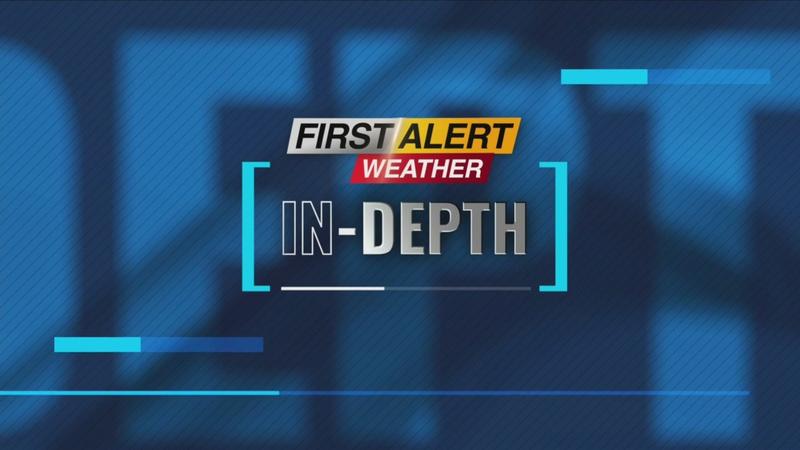First Alert Weather In-Depth: The power of Mother Nature is beyond description

We have all seen some of the pictures of the massive destruction from hurricane Helene. It is heartbreaking to know the human toll it has taken over such an expansive area. It is covering a multitude of states through the southeast and will be ongoing for months to come. One of the hardest hit areas is Asheville, North Carolina.
There are reports that the flooding in Asheville may have been as high as 26 feet. This is likely a record and you have to go back to the 1700s for the last time they came close to that amount of flooding. Unfortunately, the number of lives lost continues to grow.
If you want to help and make a donation, the best way is probably through the American Red Cross. You can call directly at 1-855-345-GIVE or go to their website by clicking this link.
Meteorologically, the tropical weather season is far from over. The list of names assigned for the 2024 season shows we have surpassed “Helene” and have since moved onto “Isaac,” “Joyce,” and “Kirk”. You may be thinking what happened to those named storms? Fortunately, they were not a threat to any significant landmasses. These storms were way out in the Atlantic Ocean and did not pose a threat to the United States. As a result, these named stormed storms did not get the amount of publicity as other storms.
However, there may now be more trouble brewing in the tropics and this could be the same general location that Helene originated. Certainly some of this tropical moisture could reach the US. The folks at National Hurricane Center are paying close attention to the weather data and those meteorologists are now predicting a 40% chance of development over the next seven days. However, currently there is no prediction for intensity or specific location. The News10NBC First Alert meteorologists will track this tropical potential in the coming days.